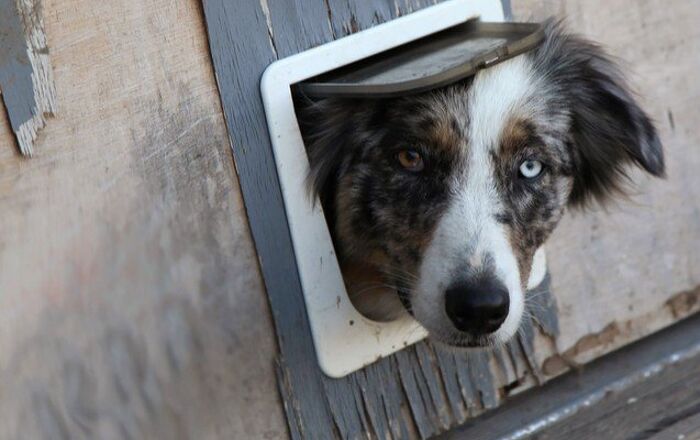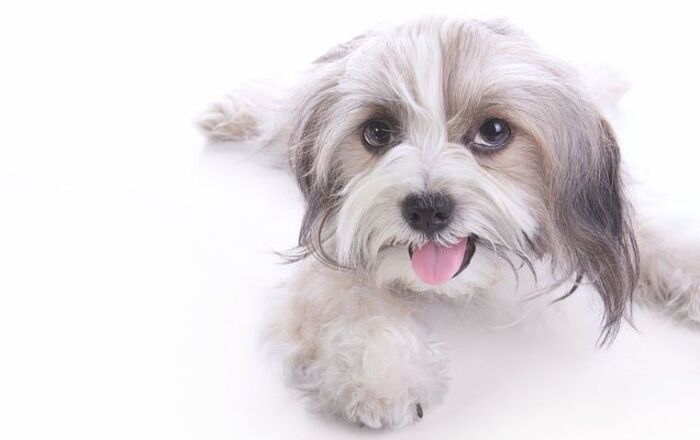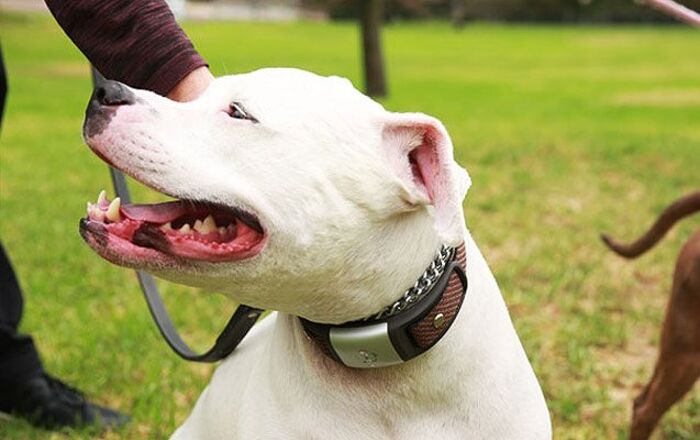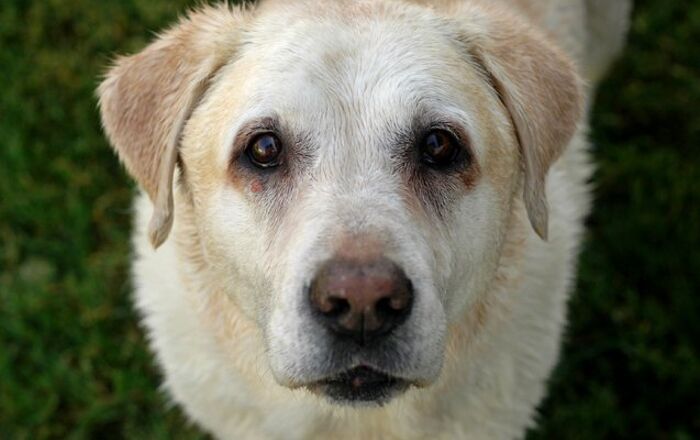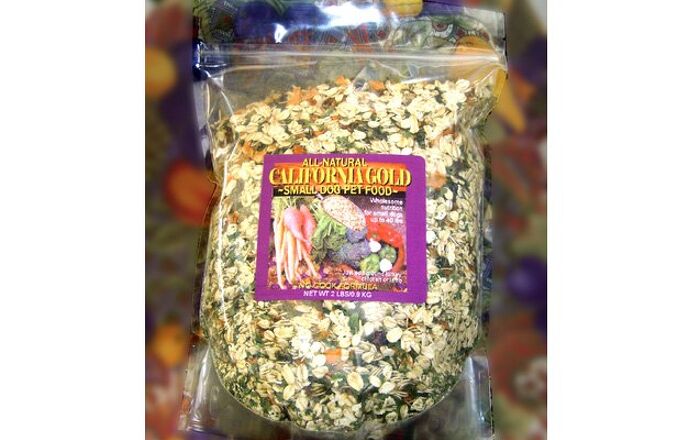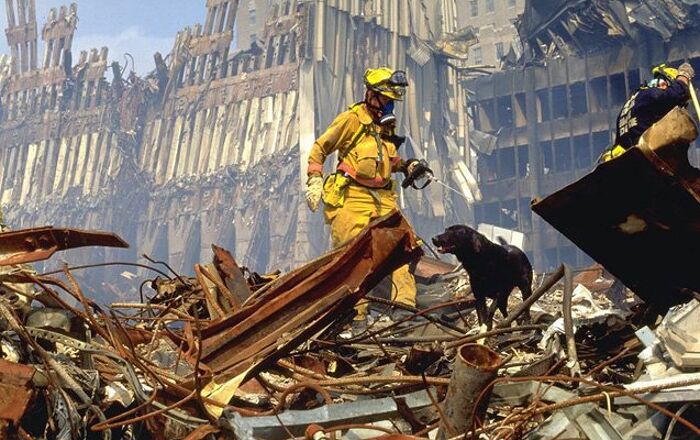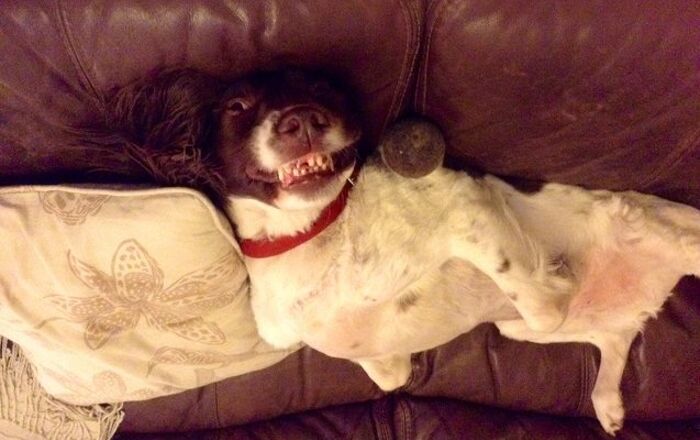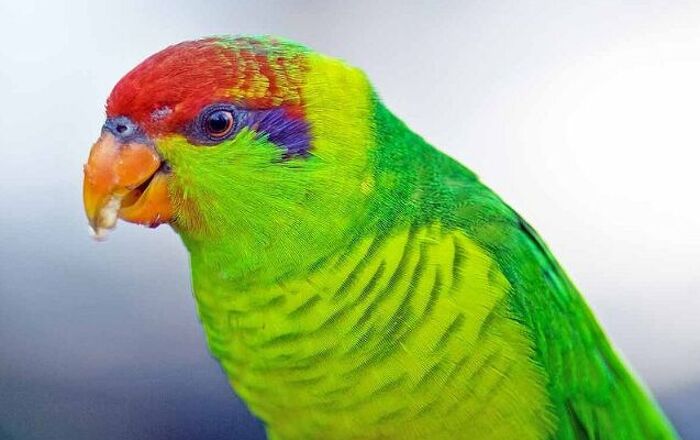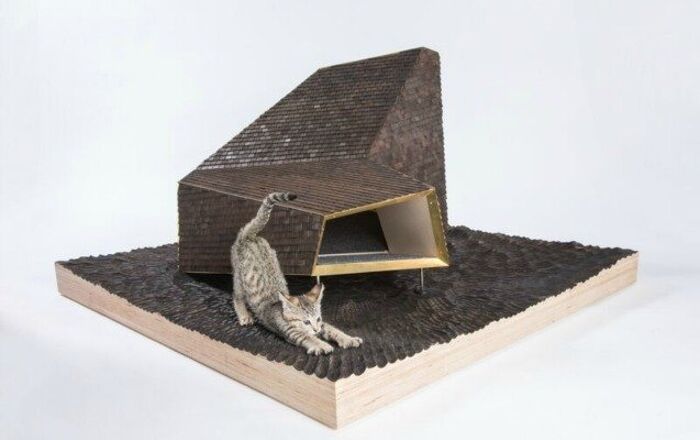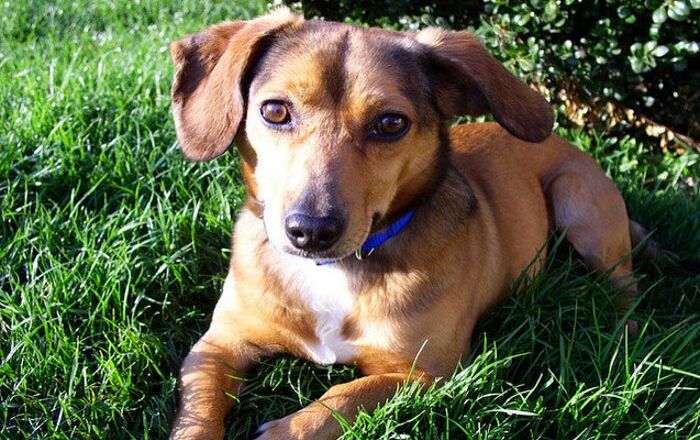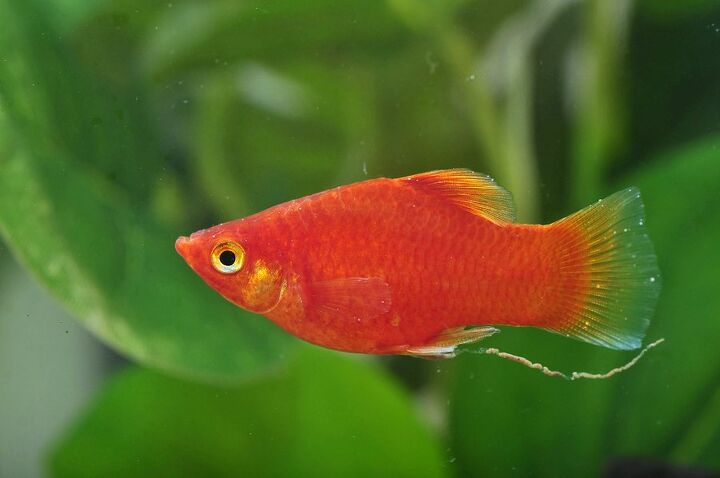
Platies General Description
The Platy fish is a freshwater fish belonging to the genus Xiphophorus that is commonly lumped in with other livebearers like Swordtails, Mollies, and Guppies. However, these fish have many distinguishing traits that had made them a favorite with enthusiasts ever since they were introduced to the aquarium hobby in the 1900s. Century later, there are many Platies varieties on the market, in all colors and color combinations, but still retaining the original charm that made them so popular in the first place. Without asking much in return, Platies bring a lot of interest to any tank, especially if kept in groups. Their energetic swimming only draws attention to their pretty scales and delicate form.
Platies are fairly small fish, growing no more than 3 inches long, and they are peaceful and non-aggressive – this makes them a great addition to the community tank. To boot, their vibrant and vivid scales give them a striking appearance that doesn’t go unnoticed, no matter who their aquarium mates are. If you’re a novice hobbyist or an experienced aquarist, you will surely find room in your tank for these lovely, undemanding fish. Read on to learn more about the Platies and the care they require!
Platies are small fish, growing no more than 3 inches long, and they are peaceful and non-aggressive.
Origins
The Platy is native to the warm waters along the east coast of southern Mexico and Central America. These fish tend to inhabit slow-moving waters such as ditches, canals, and warm springs.
Color
The wild Platy is drab and dull in coloration with no distinctive markings. The Platy known in the aquarium trade has been selectively bred to exhibit a variety of colors and patterns. The most popular colors of the aquarium Platies include black, blue, brown, gold, red, and green. And that’s just when speaking about the mono-colored fish! In addition to the stunning array of vibrant shades these fish display, there are even more popular varieties of Platies that combine patterns or colors in unique and striking ways.
For instance, salt-and-pepper Platies have dark or light spots sprinkled all over their bodies. With the wagtail pattern, the rays of the caudal and dorsal fins are black, whereas the rest of the body is usually red or gold (sometimes, other colors are possible). Variegated pattern results in dark splotches and these fish are sometimes called the painted Platies, as the pattern resembles a stroke of a painter’s brush. There are many other popular variations that Platy breeders have developed- you will be surprised by the variety and colorfulness of the species.
Maintenance and Care
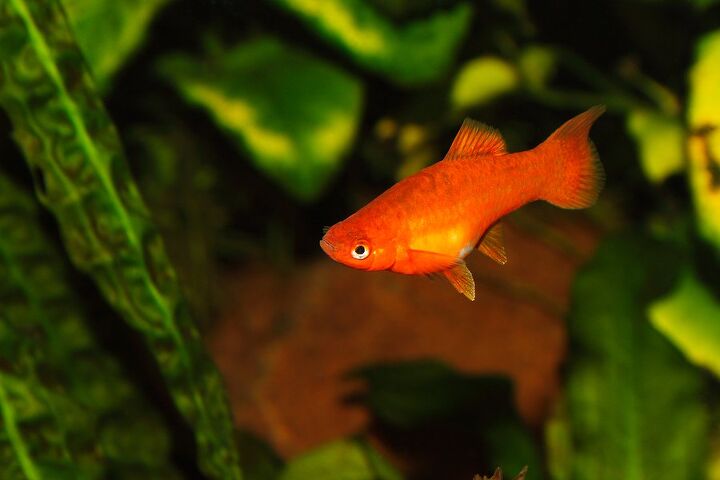
Platy is a fairly small but active fish that does well when kept in groups with others of the same species and with other small, non-aggressive community fish.
Even though they are quite small, these vibrant fish need to have enough space to comfortably swim around. As a rule of thumb, they will need an aquarium that holds at least 10 gallons of water. A lot of people think that Platy fish don’t need as much space, you should consider the fact that they are rarely kept on their own. Usually, Platies are kept in groups of few specimens and they couldn’t all possibly feel comfortable and happy in a tight, cramped aquarium. A tank for Platies should be planted densely with plenty of rocks, caves, and driftwood hiding places. Every two weeks, replace about 25 percent of the tank’s water, to make sure the environment clean enough. Don’t change more than that- it can shock the Platies into an early death.
Another important thing when it comes to the tank setup is to make sure that you have a tight-fitting lid over it. Although you might not think it when you first see them, the vivacious Platies are notorious jumpers and will easily find their way out of the aquarium.
As for other conditions in the tank, these fish are not demanding. Platies prefer warm tank waters in the 70 to 77 temperature range with a fairly neutral pH value between 6.8 and 8.0. These fish do best in soft to slightly hard water between 10 and 28 dH and they can tolerate some salt in the water.
Platies are social, peaceful fish that does best when kept in small groups. When you’re buying a Platy, make sure to get at least a pair if not more. Their suitable tankmates are other non-aggressive small species. Potential candidates include Guppies, Mollies, Tetras, Danios or Zebras, to name a few.
Wild Platies are drab and dull in coloration with no distinctive markings.
Feeding
Platies are an omnivorous species so they will likely accept anything you offer them. Feed your Platies a high-quality commercial flake or pellet food supplemented with fresh vegetables, spirulina algae, and brine shrimp or other fresh and frozen foods.
Also read:Tips and Tricks for Stocking a Community Tank
Breeding Info
The Platy is a live-bearing species of fish which means that it bears live, fully formed fry instead of laying eggs. Platies are prolific breeders and they have been known to produce as many as 80 fry in one brood. Platies are capable of breeding about every 30 days.
Aquarium Varieties
There are actually two different species of Platy which are commonly kept in the aquarium hobby. The Southern Platy (Xiphophorus maculatus) is more commonly known as the Moonfish or the Common Platy. Some of the aquarium varieties bred from this species include: Red Platy, Coral Platy, Blue Moon Platy, Wagtail Platy, Tuxedo Platy, Salt and Pepper Platy, and Mixed Platy. The Variatus Platy (Xiphophorus variatus) is also known as the Variegated Platy and it comes in a wide variety of colors and patterns. Some of the aquarium varieties for this species include: Redtail Platy, Yellowtail Platy, Sunset Platy, Rainbow Platy, Hawaii Platy, and the Marigold Platy.
Photo credit: Nicholas Toh/Bigstock; tdietrich/Bigstock

